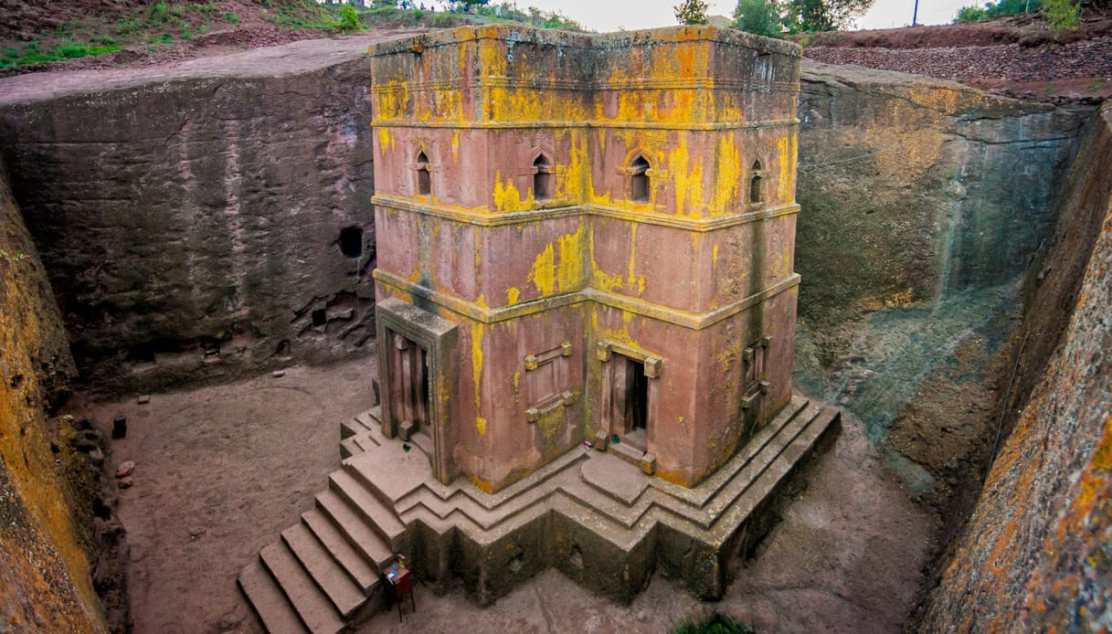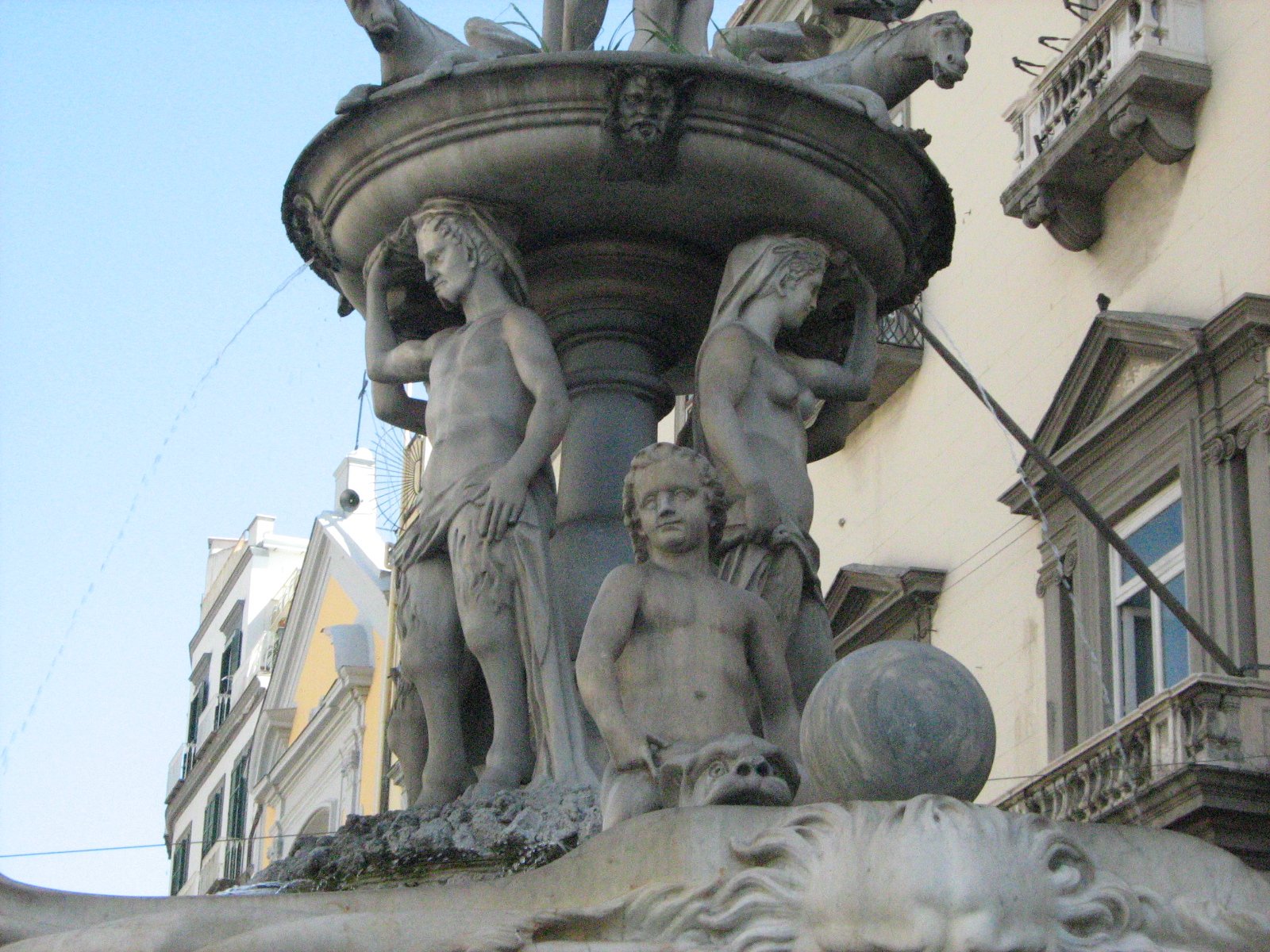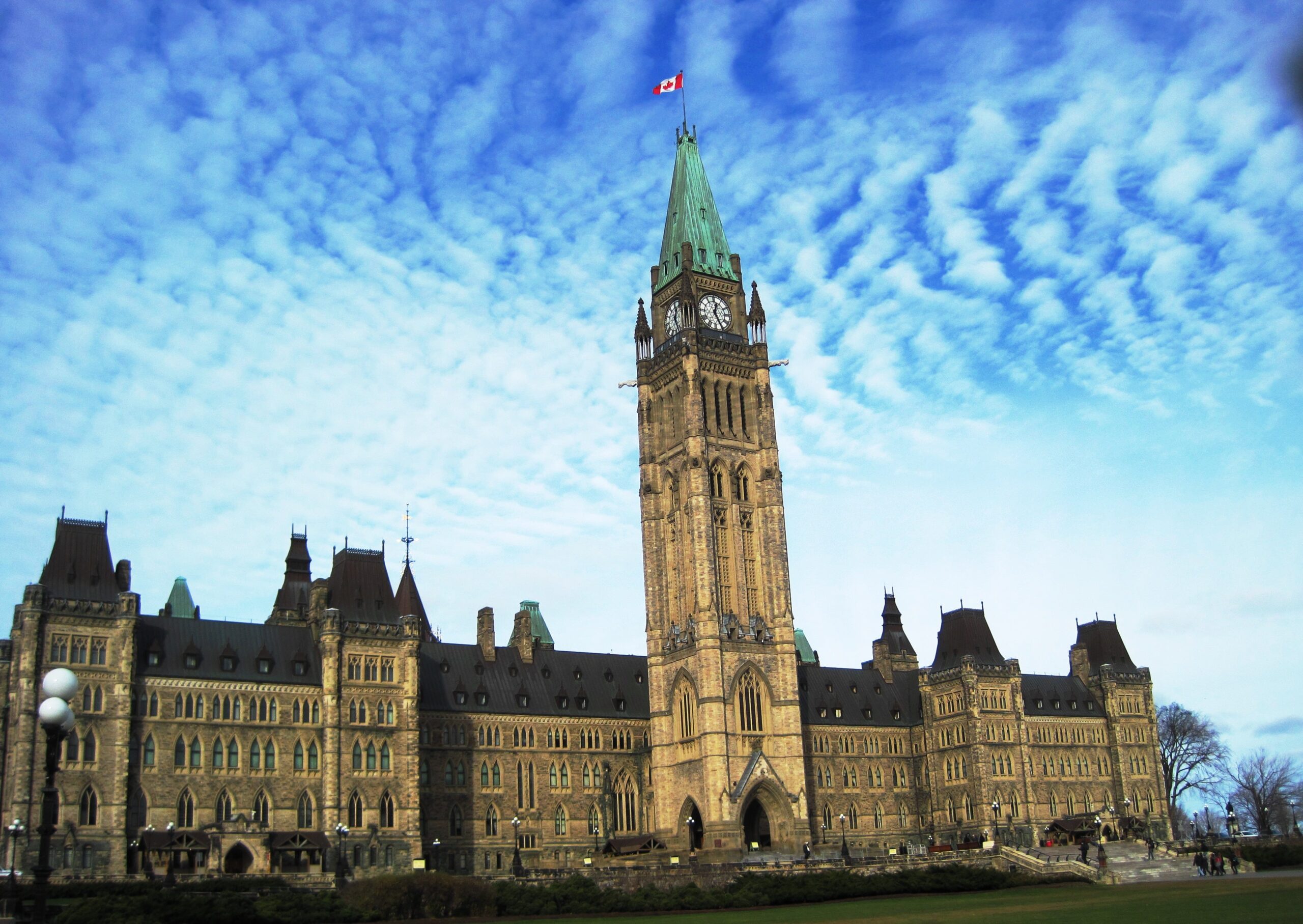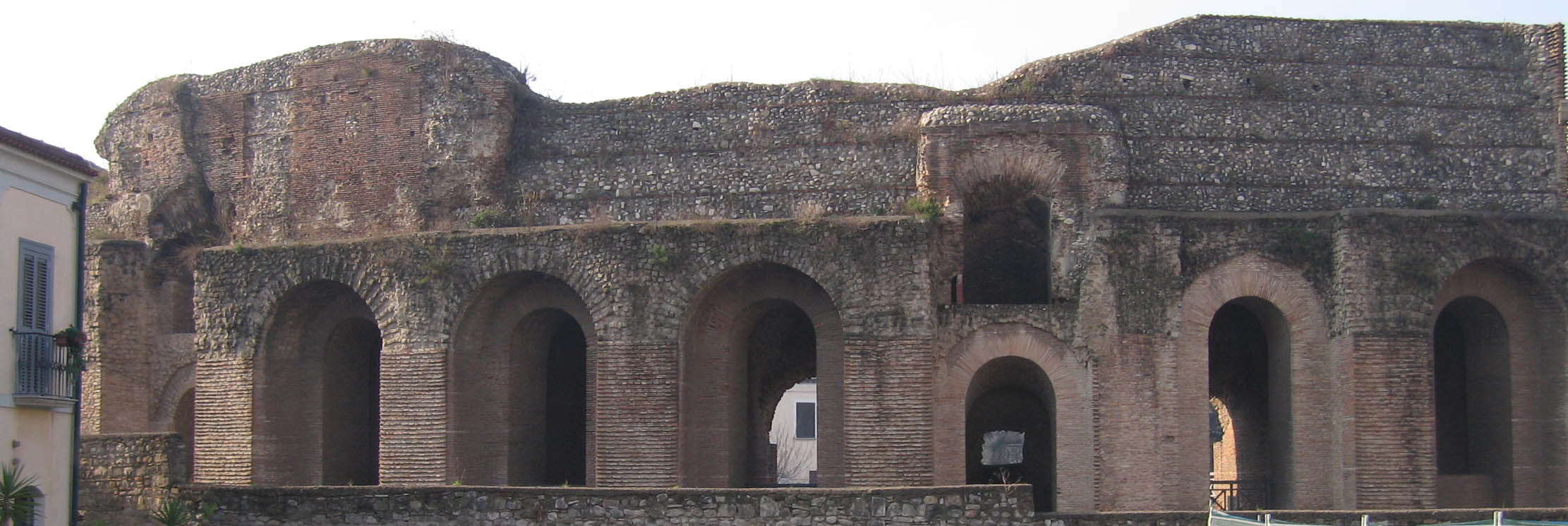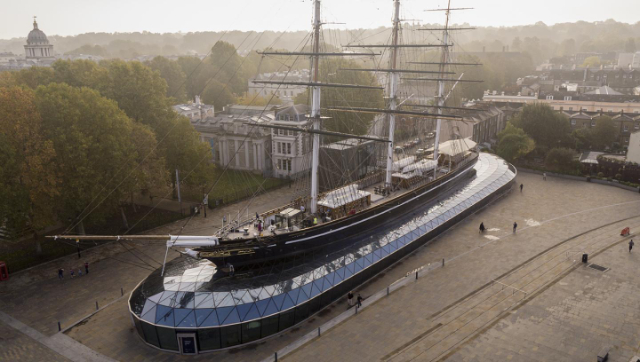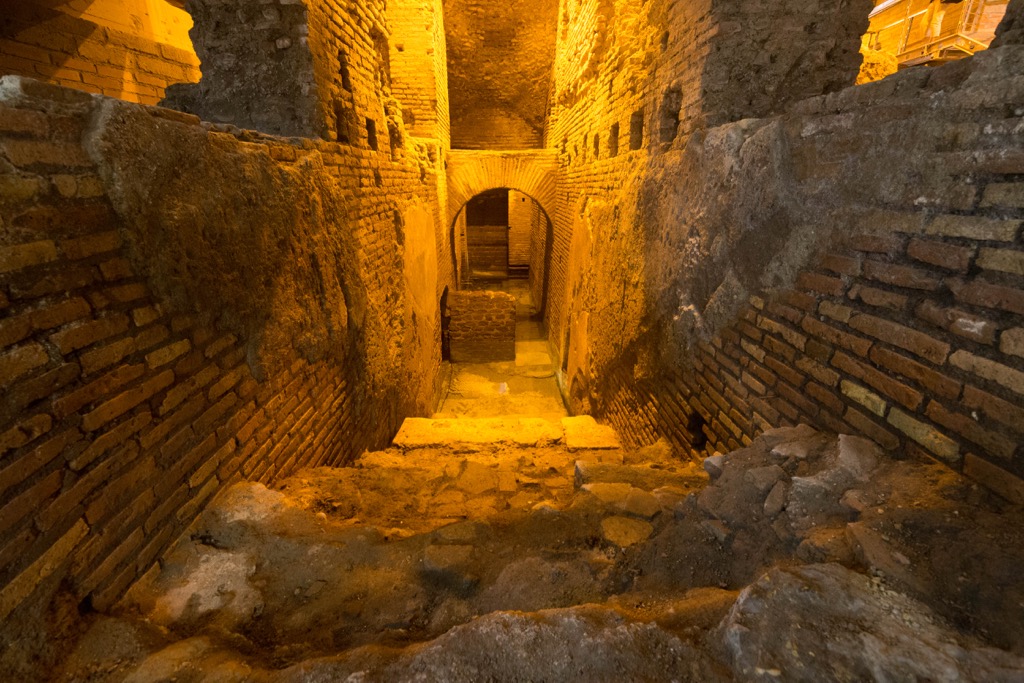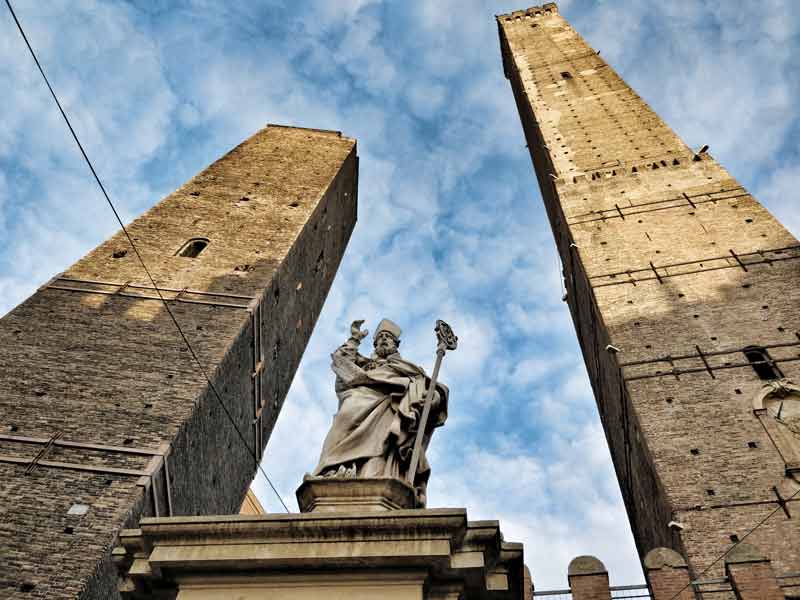It is a remote village in the mountains of Ethiopia. It is called "The other Jerusalem". Entering Lalibela, on a plateau at an altitude of 2,700 meters, one immediately breathes in the Mystery: twelve large rock-hewn and underground churches in Axumite style, dedicated to the saints of the Orthodox tradition, are dug into the red tuff rock and connected by underground tunnels; the monasteries of the anchorites are embedded in the wrinkles of the mountain.
All around, an arid desert plain. It seems another world. We are in an area between the Red Sea and the Goggiam region: here, according to legend, is hidden the Ark of the Covenant, the casket of acacia wood and gold foil ordered by God to Moses to preserve and hand down the Tablets of the Law, divine relic object of the Israelite cult. Lalibela was born by the will of the Zagwe kings who, after the conquest of the Holy City in 1187 by the Saracens, wanted to keep its memory and identity in their African land.
Everything in this city, today inhabited only by monks, recalls Jerusalem: a river called the Jordan, the Garden of Olives, Golgotha. Ethiopian Christians come here to pray by taking off their shoes. And the priests, on feast days, carry in a colorful procession the "tabot", the stone slab that represents the table where God wrote with a finger the Ten Commandments. The procession, preceded by a cross, moves through the streets amidst music, songs and dances of the pilgrims, according to a rite that belongs to the tradition of the Orthodox Christian Church of Ethiopia (Tawahedo) in which traditions and liturgies of the three monotheistic religions are united but without syncretism.
In the diocese of Axum (a city 240 km from Lalibela) there are 20 thousand churches, and all of them, behind the altar, have a Sancta Santorum where a "tabot" is hidden inside a chest. But where the real one is, if it still exists, remains a mystery.
The churches of Lalibela are each one different from the other for architecture and decorations: Bet Medhame Alem, Bet Maryam (the House of Mary), the only one with frescoes, on whose churchyard opens Bet Meskel, a chapel among caves of hermits, Bet Danaghel (the House of the Virgin Martyrs), Bet Debre Sina (the House of Mount Sinai), Bet Golgotha (the House of Golgotha, forbidden to women), Bet Gyiorgis (the House of Saint George), the Sellassie Chapel (Chapel of the Trinity) with the Tomb of Adam, where the founding king of the city is buried. And, again, beyond the Jordan stream, Bet Amanuel (the House of Emanuel), Bet Merkorios (the House of Saint Mercury), Bet Abba Libanos (the House of Abba Libanos) and Bet Gabriel-Raphael (the House of the Archangels).
